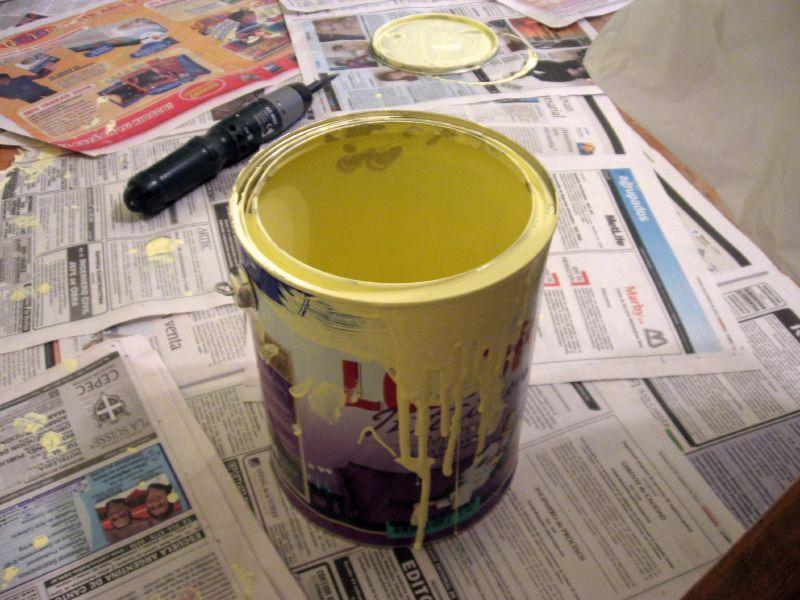
Several members of New York City Council have introduced what they call the largest overhaul of city laws on childhood lead exposure in 14 years. The package of 23 bills aims to protect children from lead poisoning by tackling lead in paint, dust, water and soil throughout the city. Public health experts have applauded the scope of the bills, but many have also voiced concerns that the measures will be seen as difficult, or even unrealistic, to implement.
“The idea is perfectly right,” said David Rosner, professor at Columbia University’s Mailman School of Public Health. “Kids have to be protected from lead at lower levels.” But until the city comes up with a way to pay for it, “you’re going to have people claiming it’s just too impractical,” he said.
New York City has made significant progress in reducing childhood lead exposure over the last decade. Since 2005, the city has seen an 89 percent reduction in the number of children under 6 with high levels of lead in their blood. From 2016 to 2017 alone, there was a 13 percent decline.
But there are still large disparities throughout the city. In low income and black or Latino neighborhoods, rates of lead exposure among young children are often double the national average.
“The goal here is to really eradicate that and drastically, drastically reduce the number of children who are testing positive,” City Council Speaker Corey Johnson said.
One bill seeks to expand the scope of investigations when a child is found to have high levels of lead in their blood. Currently, the city health department visits the child’s apartment or house and checks for lead paint and other sources of exposure. The new bill would go much further. It proposes the department also inspect the child’s school, the soil and drinking fountains at nearby parks, along with any other units in their building where young children are present.
Another bill would lower the threshold for when the health department is required to conduct those type of home inspections. Under current law, an inspection is triggered when a child’s blood test shows a lead level of 15 micrograms per deciliter or higher. The new bill would lower that to 5 micrograms - the level at which the CDC recommends agencies conduct home inspections.
If passed, the legislation could have a dramatic effects on the Department of Health and Mental Hygiene’s lead poisoning prevention work. The department currently conducts about 700 home inspections a year. Data acquired by WNYC through a public record request shows that lowering the threshold would result in roughly 5,000 additional children requiring home inspections. That could cost the department millions more each year.
Johnson argues that there’s enough money in the city’s nearly $90 billion budget to cover any increase in cost. “If we needed to put aside extra money, even if it was in the millions of dollars, there is money there,” he said. The city would not have to cut programs or increase taxes, he said, implying it would reallocate resources.
The health department said it would not comment on legislation until it has passed. But in the past, department officials have said they would have to expand resources to reach thousands more children.
Another bill in the package would require landlords to remove or encapsulate lead paint in apartments as they become vacant. The aim is to permanently eliminate lead paint - the main source of lead exposure in New York City.
Landlords are concerned the process will be too costly, said Frank Ricci, director of government affairs for the Rent Stabilization Association, which represents landlords across the city. “It could easily add $20,000 to $40,000 onto the basic cost of renovating an apartment,” he said. That cost would get shifted to renters and make many apartments “totally unaffordable.”
But Katrina Korfmacher, assistant professor of environmental medicine at the University of Rochester, said that number is “a red herring.” The average cost of lead paint removal is $10,000. Prices often get inflated when property owners count the cost of basic maintenance as lead abatement, she said.
Research has shown the long term economic benefits of lead paint remediation outweigh the costs. Preventing lead exposure allows children to reach their full academic potential, resulting in higher lifetime earnings and tax revenue. It also reduces criminal activity and the amount of money spent on special education.
Other cities have found more inventive ways to fund these measures: force the paint industry to pay for them. In California, ten cities and counties have come together to sue three paint companies for aggressively marketing lead-based paint in the early part of the 20th century, even after they discovered it was harmful, especially to children. (Lead-based paint was outlawed in 1978.) In November last year, a state court ordered the companies to pay roughly $700 million for lead paint remediation.
Rosner believes New York City should now do the same. “As long as we think we’re going to have to pay for it through city tax dollars, we won’t do anything substantial,” he said. “But the moment we start seeing this as part of a larger strategy of getting these companies to own up to what they did to us and what they did to our children, that’s something that could have a real effect.”
A spokesperson for City Council leadership wouldn’t comment specifically on the possibility of supporting a lawsuit, but said the council “will explore all options to protect children from lead poisoning.”
